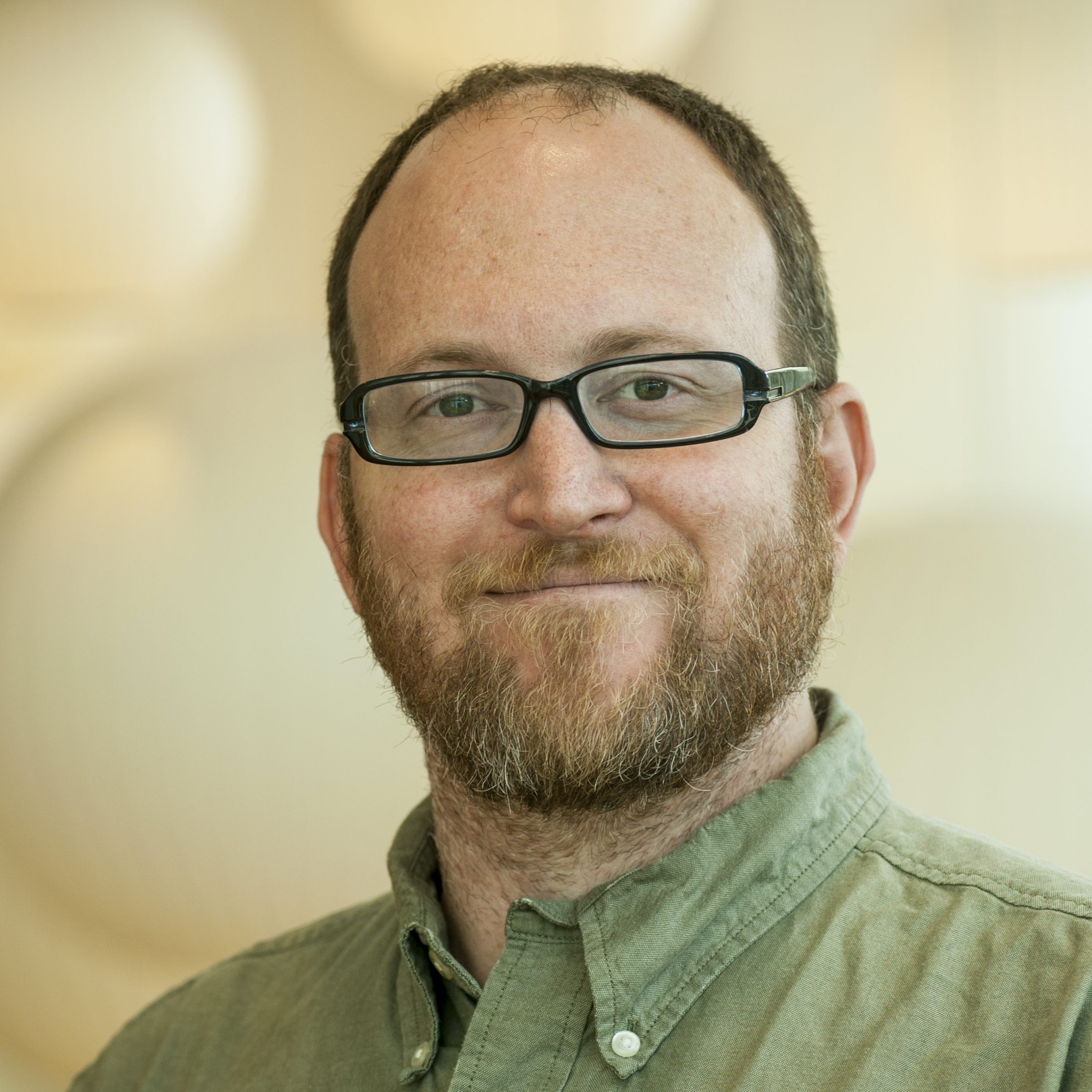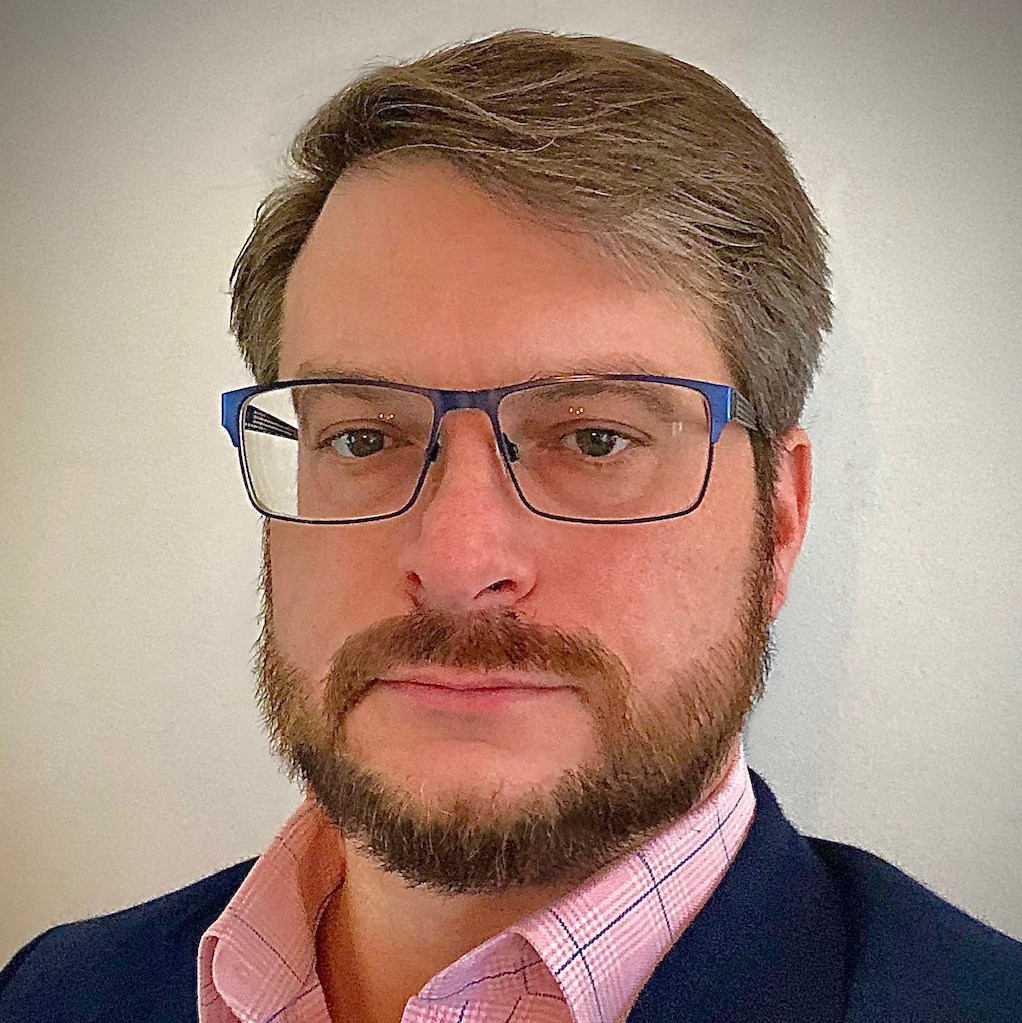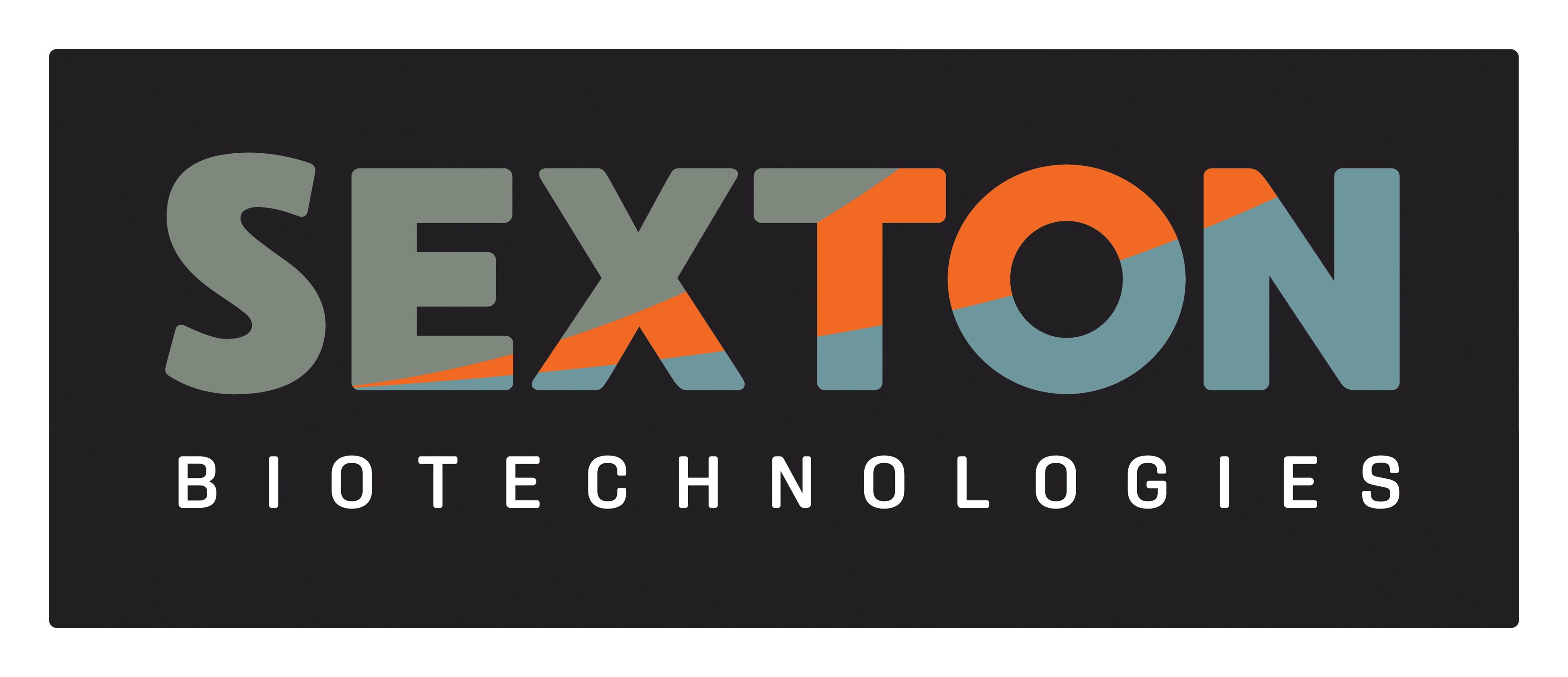Learning from pediatric CAR-T development: insights from manufacturing unique patient doses
Cell & Gene Therapy Insights 2022; 8(8), 1071–1078
DOI: 10.18609/cgti.2022.158
Róisin McGuigan, Editor, BioInsights, speaks to Chris Brown, Director, GMP Production, Seattle Children’s Hospital and Sean Werner, CTO Cell Processing, BioLife Solutions
Read the the interview below or listen to the podcast here.
If you enjoyed this episode, you can listen to all episodes from The BioInsights Podcast wherever you normally get your podcasts.
Follow the Podcast to make sure you don't miss the next episode.
Manufacturing for pediatric indications provides important lessons to broader cell and gene therapy manufacturing. As the applications of cell therapy expand in adult cancers and solid tumors, it is important not to forget the lessons learned from first-generation cell therapies. In this episode, Sean Werner and Chris Brown discuss the unique perspectives those working on pediatric therapies can offer to help move the industry forward.
What key lessons has the cell and gene therapy industry learned from pediatric therapies that can be applied to developing cell therapies for other indications, such as adult cancers and solid tumors?
CB: One of the real drivers that we have learned from pediatric therapies is the requirement to do what we can with a relatively small starting number of cells. Work on pediatric patients often involves smaller apheresis products, or in some cases peripheral blood as the starting material. This limits the size of the culture that one can target, and the up-front manipulations which may or may not be possible or necessary. Being able to manufacture a product with a smaller starting material is a benefit for all sorts of trials, in terms of the number of shots on goal you might have in the event of a manufacturing failure.SW: It is really interesting to consider the limited starting material as a key element of that and thinking through what we as an overall industry hope to be coming to: larger scale manufacturing, moving from autologous into allogeneic therapies, and trying to understand how people working on these pediatric therapies have overcome the limitations and applying that to make sure that something is actually manufacturable once you’re targeting those other indications.
When it comes to the development of cell therapies for these indications, what for you represents the cutting edge in terms of tools and technology? Where is improvement or innovation most needed to meet both immediate and longer-term needs?
SW: If you think of cell therapy as the next step in the development of the overall pharmaceutical industry, I think what’s really the cutting edge is for us to move more towards what large molecule pharma has – closed systems, and integration up and down the chain in terms of the unit operations. The industry largely developed out of academic work and individual tools that were borrowed from other industries and other places, and now we’re at the point where what’s really going to advance us forwards is the ability to have these fluid, streamlined manufacturing processes. Whether that is at a good manufacturing practice (GMP) center or at a commercial enterprise, while there will be differences between the two, in the end being able to do highly qualified GMP manufacturing reproducibly, no matter what the scale, is really the cutting edge.CB: I strongly agree that closed system manufacturing is where we need to go. Obviously, I operate in more of an academic setting, and one can absolutely bring a Phase 1 and sometimes a Phase 2 trial forward with very traditional, open-system manufacture. But that just kicks the can down the road in terms of all of the qualification-type work that you have to do anyway prior to taking it into Phase 3 or further manufacture. A focus on that closed-system manufacturing and optimization with an eye towards future commercialization from the very early stages is really important. It is something that we have focused on very heavily at Seattle Children’s.
Another interesting area that comes from the pediatric space is that the older days of cell therapy often involved huge doses, large culture bags, and sometimes a billion cells or more. The development of the final product storage and administration vessel as an integrated vessel, thawing device and a tubing set, with an eye towards integrated thawing at the bedside of a much smaller number of cells, has been critical for our success and for the development of the systems that we are currently using in our manufacturing operations.
Turning to cost and funding, what would you identify as the biggest challenges in this area?
CB: One of the most important challenges regarding cost and funding, specifically from the pediatric environment, is what percentage of that funding for cell therapy and oncology research in general actually comes to the pediatric space as opposed to the adult space. I don’t have the exact percentage off the top of my head, but the last time I looked it was in the single digits. It requires a large reliance on philanthropy and non-traditional fundraising sources in order to maintain the manufacturing and research and development expertise required to keep pushing that cutting edge forward. That will likely always be a challenge, and certainly it is one that we and other people in the pediatric space continue to face.SW: That is a really interesting point. I have some previous background in medical devices, and I know from the supplier side that it is a challenge to figure out everything needed when something is being developed explicitly for pediatrics. Firstly, the overall patient population may be very small, and secondly, the safety and efficacy expectations along with doing the clinical work can be very difficult. On the supplier side it is an interesting challenge to think about how to successfully develop something that is intended for out-of-the-gate pediatric use. I would love to spend some time thinking about how we can get better on that.
To add to that, from our conversations that we have with manufacturers and academic folks, they are a little different. However, one of the things that we hear a lot is that the facilities required to operate in the current state – using open processes and very manual things – are very high cost, very expensive to maintain and operate, along with making sure that they are up to the standards that are expected. Another aspect is people. We are operating in an environment where we have extremely highly trained folks doing these processes, and that’s a big investment both in time and direct resources.
I think the component costs, the supplies and reagents, will moderate when we get to scale and get to where we as a supplier can anticipate what our cost of goods is going to be. I think that over time we can come to costs that will make sense. However, the people and the facilities are a long-running challenge that we’re going to have to think about.
CB: I certainly agree that cost of goods is a very small overall portion of the cost to manufacture these products. To maintain a large facility and a very talented network of folks on the manufacturing, quality control, quality assurance, facilities, and operations side is much closer to biotech start-up costs than to academic research lab costs.
Figuring out how to fit that into what is often a not-for-profit model can be very challenging. These are expensive therapies to manufacture, and this is a necessary step in bringing them towards first-line therapies for kids throughout the world who don’t have access to this kind of research.
From a supplier perspective, what would you say works well – or doesn’t work well – when trying to approach and solve customer challenges?
SW: One thing that seems to be working well is the understanding at a high level of what processes our customers are carrying out. As a supplier we generally know the manufacturing step, sometimes in quite a lot of detail, so we can modify things that are already in our toolbox relatively quickly. The more communication and conversation we can have with our customers the easier it is for us to help develop solutions. This may be either figuring out the right workflow to use existing tools, or in some cases realizing that there’s a specific need to develop a modification of a tool, or a brand-new solution.
One of the things that is harder to address, and maybe isn’t working well, is considering where we are going to be in five years, or ten years. For some of these tools the development cycle is eighteen to twenty-four months. For that to be aligned with when people need it, earlier conversation about where they are going is going to be helpful. The more conversations we have with our customers, the easier it is for us to help solve their problems. Getting involved in what may be coming downstream is going to be important for us in order to align on when scale-out and scale-up processes are actually needed.
CB: I want to echo the idea of frequent and open communication between users and suppliers. I would add that often, especially in these early phase trials, we find ourselves in unexpected situations. Maybe we’re using new equipment or new supplies. When something performs in a way that we don’t expect, when we have a patient starting material that doesn’t expand in the way we want, or on the rare occasions when we have an issue with a supply, it is critical to have very open and bidirectional communication between the user and supplier. This helps to get to root causes, put containment measures in place, and if necessary to make longer-term changes either to the process or to the product to avoid recurrence.
There is a great deal of expertise both on the user and on the suppliers’ side, and close and open communication is what makes that a positive learning experience, allowing you to go from unexpected outcomes to developing a better future state of product.
SW: It is really nice to hear that validation of the idea of trying to be open. A lot of people are pretty closed in our experience. But if we don’t know what is or isn’t working on the floor, it is really hard for us to be responsive.
The other piece of it is that we are growing along with the developers, and the idea of manufacturing tools specifically for cell and gene therapies is no older than the cell and gene therapy industry itself. As our customers are learning and growing and figuring out how to be successful, and as GMP centers are expanding the horizon of what they’re taking on in terms of clinical work, that’s where we are too.
It’s important to recognize that most of us anticipate changes will be needed, and we all have the same downstream vision of treating these patients. We need recognition on both sides that there are going to be stumbles and there are going to be wins, and we’re all in it together.
What are the biggest lessons gleaned from first generation cell therapies that can be carried forward when defining and developing state-of-the-art cell therapy manufacturing approaches?
CB: I think back to the trials that I’ve participated in at the beginning of my career in manufacturing, around the year 2000. I have distinct recollections of six, eight, or ten-liter culture bag harvests, or even of 200 T-flask harvests, and of pouring the T-flasks into conical tubes for open-system spinning. We would generate huge numbers of cells that we would be administering to patients, and somewhere in that giant cell population were the specific cells that are going to make a difference in vivo.
So from my perspective, and in terms of the scaling of the manufacturing processes to treat more patients, better identifying the specific cell type that we are looking for and expecting to make a difference is really important. We want to optimize the manufacturing process and move from generating a giant bulk suspension to generating a much smaller number of highly defined cells that we expect to make a difference in vivo. We want to cut the manufacturing time down from months of repeated stim cycles, to a short-term culture method where we have cell product ready for patients much quicker. This will reduce the overall vein-to-vein time, and give us a system that can be scaled.
If we are not spending three months manufacturing a product, but instead spending seven days, that’s significantly more patients that we can treat with the same facilities, and with the same staff requirements. The aim is turning this from a more boutique, artisanal manufacturing process to something that can be scaled; something that would be amenable to situations much more like simple A-line manufacturing.
SW: I will build directly from Chris’s discussion about identifying the important cell and making sure we are doing that right, to looking at the potency assays that are valuable for this.
Potency assays shouldn’t necessarily predict a clinical outcome, but they should predict clinical function or biological function. In the last few years we’ve gone from marker-based quasi-potency to developing assays that are showing ‘these are the intended cells and in this in vitro environment they should X, and I can consistently get that X.’
As we go forward, this is something that has been missing – figuring out early-on with new concepts what is going to be the important potency assay and then using that to define your boundary conditions and your parameters. If we need to make changes post-licensure, or if we need to make manufacturing modifications, we need to make sure that we can actually create a product every time we go through. If you don’t know what those boundary conditions are, you can’t make that change very easily. And if you don’t have the right potency assay developed early on, you can’t define what those boundary conditions are. The future is just continuing on that step – now that we can say we have the right cells, we need to be able to say ‘and they’re doing the right thing.’
CB: That says it really well. I would add in the importance of being able to understand what would be predictive of manufacturing failure specifically, in terms of developing a manufacturing process that is relatively tolerant for the unusual and often very different conditions that we would see in patient material from different disease states. And even within the same disease state with individual person-to-person variability. We are not making widgets quite yet. But in order to scale these processes, we eventually need to have a system that is much more like making widgets, with the same outcome every time.
Affiliations
Chris Brown
Director GMP Production,
Seattle Children’s Hospital
Sean Werner
CTO Cell Processing,
BioLife Solutions
Authorship & Conflict of Interest
Contributions: All named authors take responsibility for the integrity of the work as a whole, and have given their approval for this version to be published.
Acknowledgements: None.
Disclosure and potential conflicts of interest: Sean Werner discloses he is a full time employee of Sexton Biotechologies and BioLife Solutions The authors have no other conflicts of interest.
Funding declaration: Sean Werner received financial support for the research, authorship and/or publication of this article from Sexton Biotechologies and BioLife Solutions.
Article & copyright information
Copyright: Published by Cell and Gene Therapy Insights under Creative Commons License Deed CC BY NC ND 4.0 which allows anyone to copy, distribute, and transmit the article provided it is properly attributed in the manner specified below. No commercial use without permission.
Attribution: Copyright © 2022 Sexton Technologies. Published by Cell and Gene Therapy Insights under Creative Commons License Deed CC BY NC ND 4.0.
Article source: This article is based on an podcast interview with Chris Brown and Sean Werner carried out on Sep 6 2022.
Interview held: Sep 6 2022; Revised manuscript received: Sep 14 2022; Publication date: Sep 27 2022.



